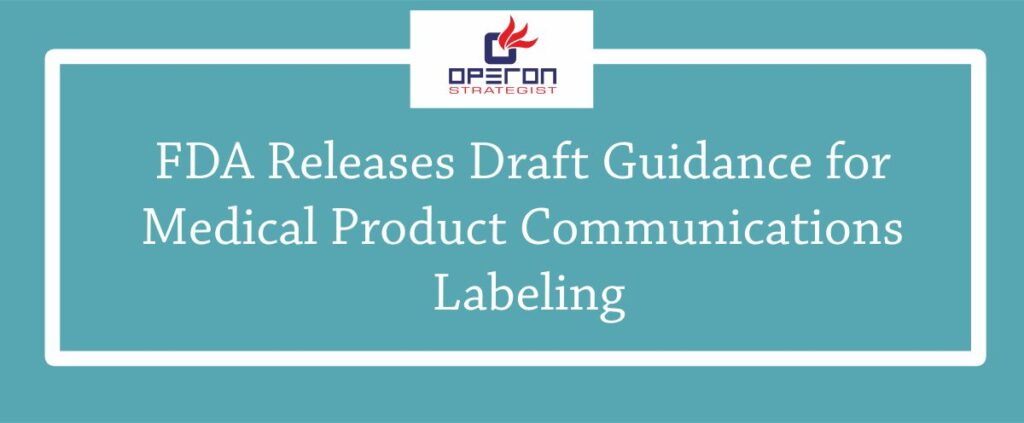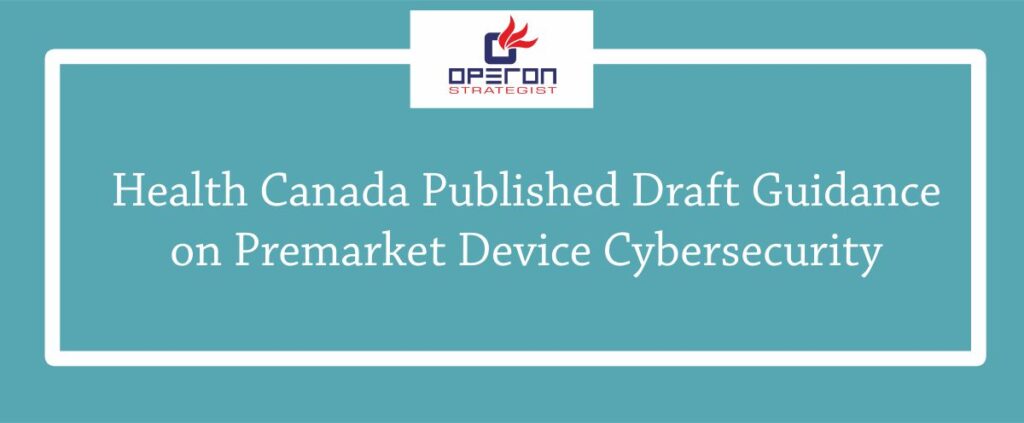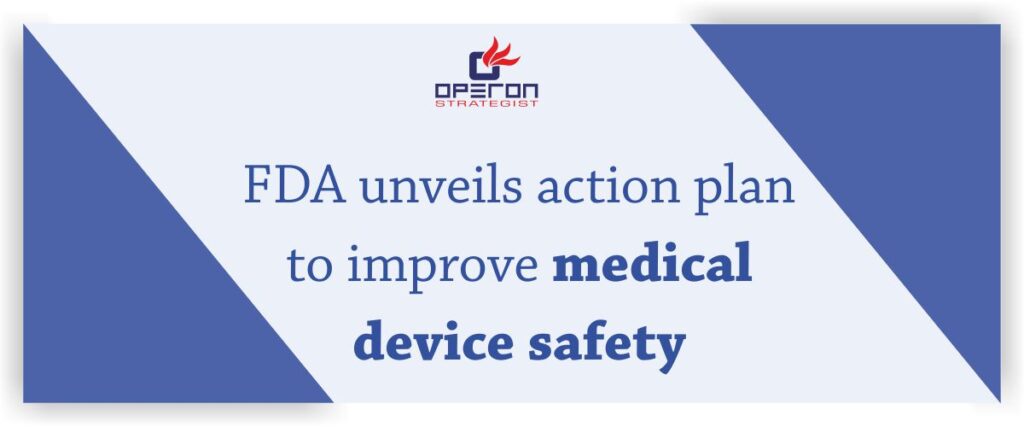Recently, the US FDA (Food and Drug Administration) published two guidances which its intended use was to clarify its strategies on communicating (Medical Product Communications) the medical product data to payors and to inform the industry on the best way to convey data about products in a reliable way with FDA-required labelling.
This guidance shows how FDA has engaged to update its approach to regulating medical product after a progression of court misfortunes and settlements encompassing off-label advancement and whether such communications are ensured by the First Amendment. Both final guidance\’s include changes from the draft versions released in January 2017 made in response to industry remarks and attempt to explain the organization’s policies toward communicating medical device information that doesn’t fall inside approved labelling in an honest and non-misleading way.
Payor Communications
FDA’s final guidance on payor interchanges includes four new questionnaires and solution from the draft guidance intended to expand on the agency’s policies toward communicating information about unapproved products or uses of approved products to payors, formulary committees, and other similar entities.
FDA Commissioner Scott Gottlieb said the guidance will help address prescription drug spending by reducing obstacles to manufacturers communicating information about their products’ value to payors, formulary committees and other entities involved in price negotiation and coverage decisions.
“Payors look for a scope of data on the effectiveness, safety and cost-effectiveness of approved /cleared medicinal products, including data from pharmaceutical makers, to help support product selection, formulary management or the potential scope and repayment choices,” Gottlieb said.
Such data, he stated, may not generally cover with the data the office uses to make regulatory decisions about a product.
Gottlieb additionally drew a distinction amongst payors and the general public in their capacity to interpret and assess data about drugs and devices that aren’t really included in the product’s label.
“The payors who get this data … are complex parties who approach a lot of expertise in evaluating this data,” he said.
In a change from the draft version, the last payor communications guidance now discusses how drug and device makers can communicate “truthful, non-misleading and appropriate” information across the total lifecycle of their products. The guidance likewise shows up about how makers can examine data about unapproved products or unapproved uses of approved products in a truthful, non-misleading manner.
As per Gottlieb, this could help speed coverage decisions for new medicinal products by empowering payors to survey relevant data about unapproved items before they enter the market.
‘Consistent With the FDA-Required Labeling’ Guidance
FDA likewise finalized its questionnaires and guidance direction on product communications that are consistent with the FDA-required labelling, detailing the agency’s current thinking on the subject through a set of 11 questions and answers.
” Labeling is a subject to content necessities and limitations to guarantee that it adequately communicates information. It’s not expected to comprehensively address all that is thought about a product for its approved or cleared uses,” Gottlieb stated that taking note of that relevant data about a product from postmarket studies and surveillance may not be available in a product’s approved labelling.
Especially, FDA clears up in the final guidance that it doesn’t mean to depend on such communications as the reason for setting up another proposed use for a product not the same as its legally marketed use(s), so long as the communication is consistent with required labelling.
This should ease industry concerns that the agency could utilize such communications to find that a company is marketing a product for an unapproved intended use.
The guidance also provides a number of examples of communications that the agency would consider being reliable with a product’s labelling and ones that would be viewed as conflicting with the labelling.
- adminhttps://operonstrategist.com/author/admin-2/
- adminhttps://operonstrategist.com/author/admin-2/
- adminhttps://operonstrategist.com/author/admin-2/
- adminhttps://operonstrategist.com/author/admin-2/




